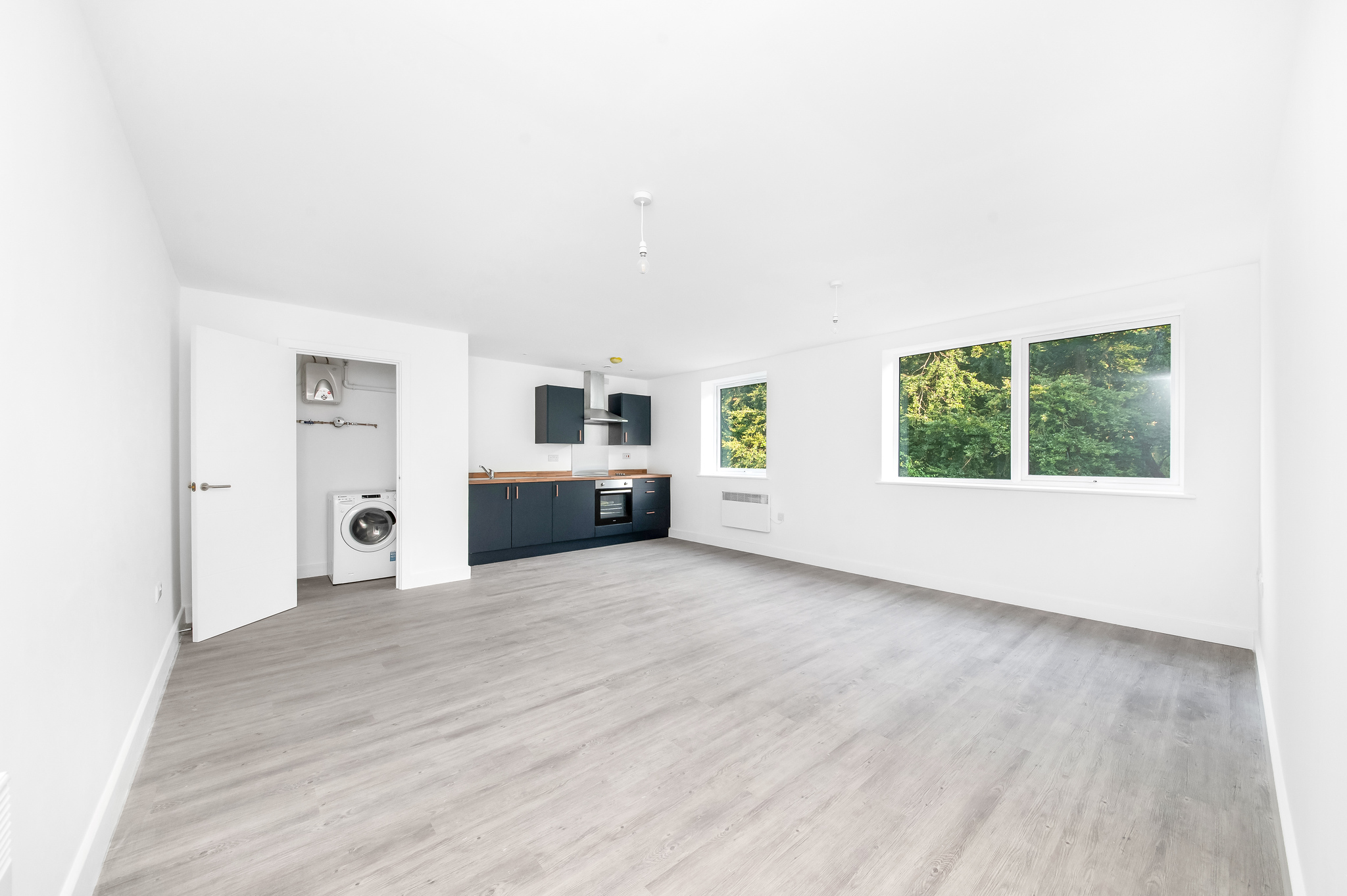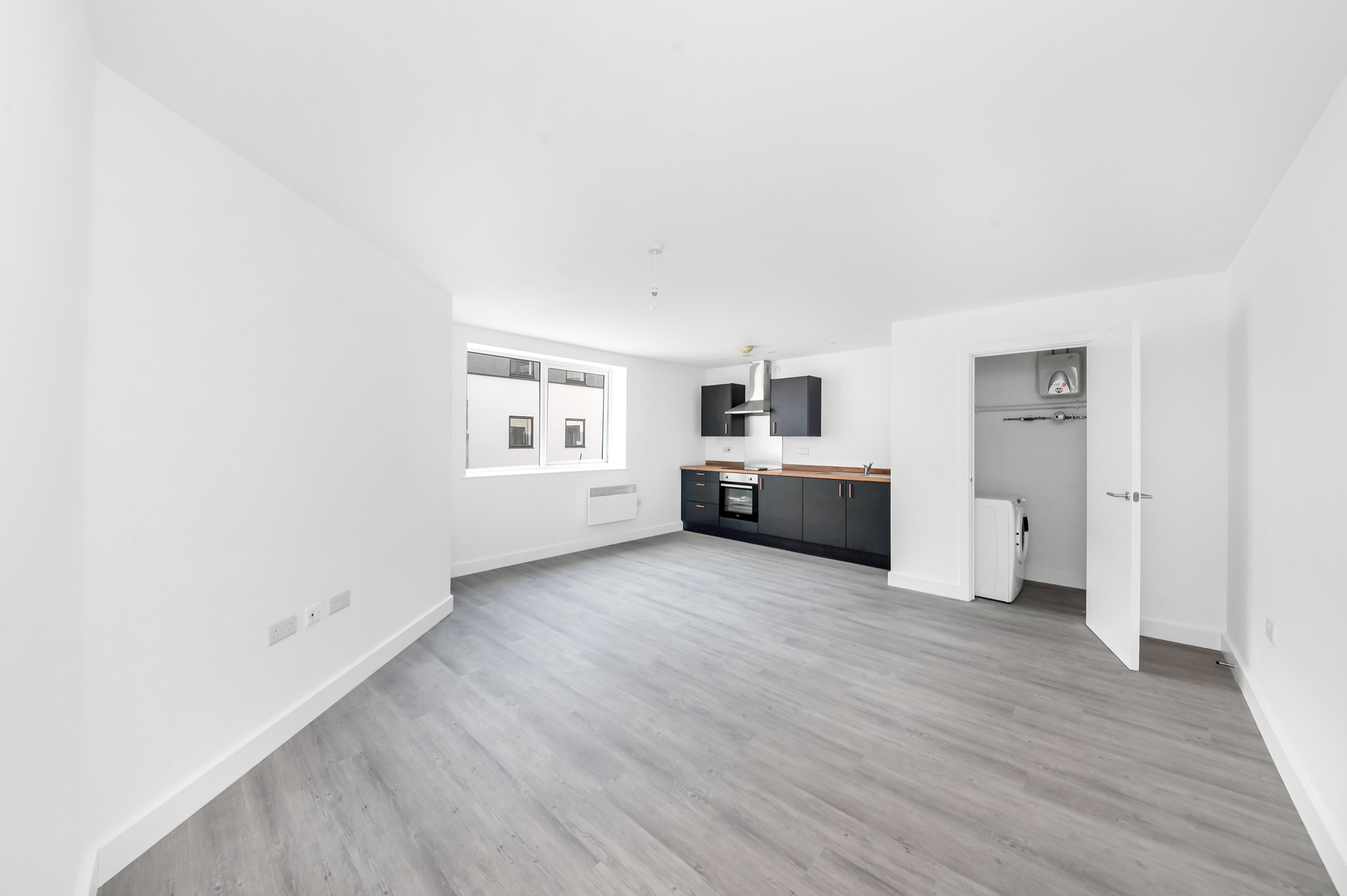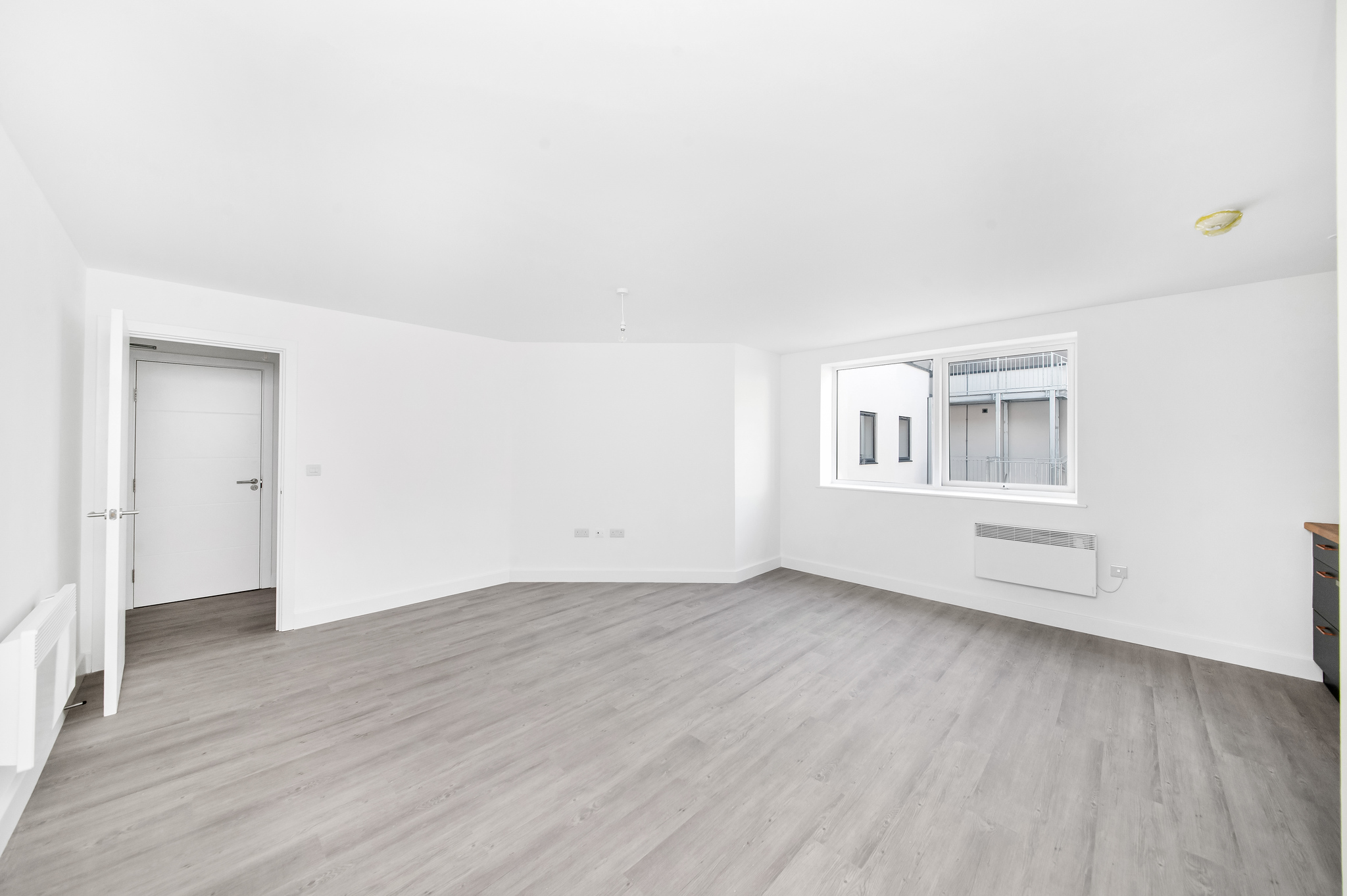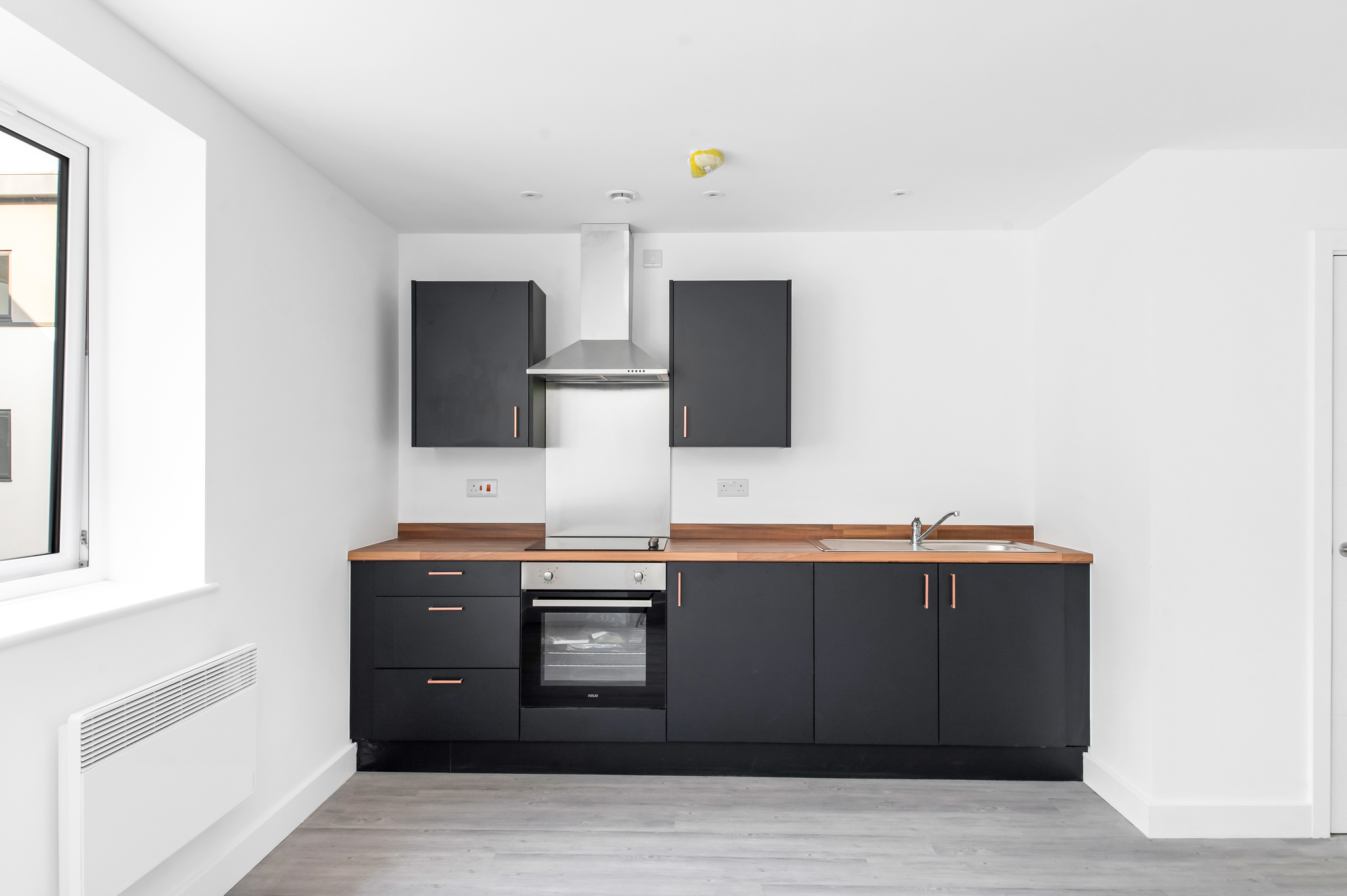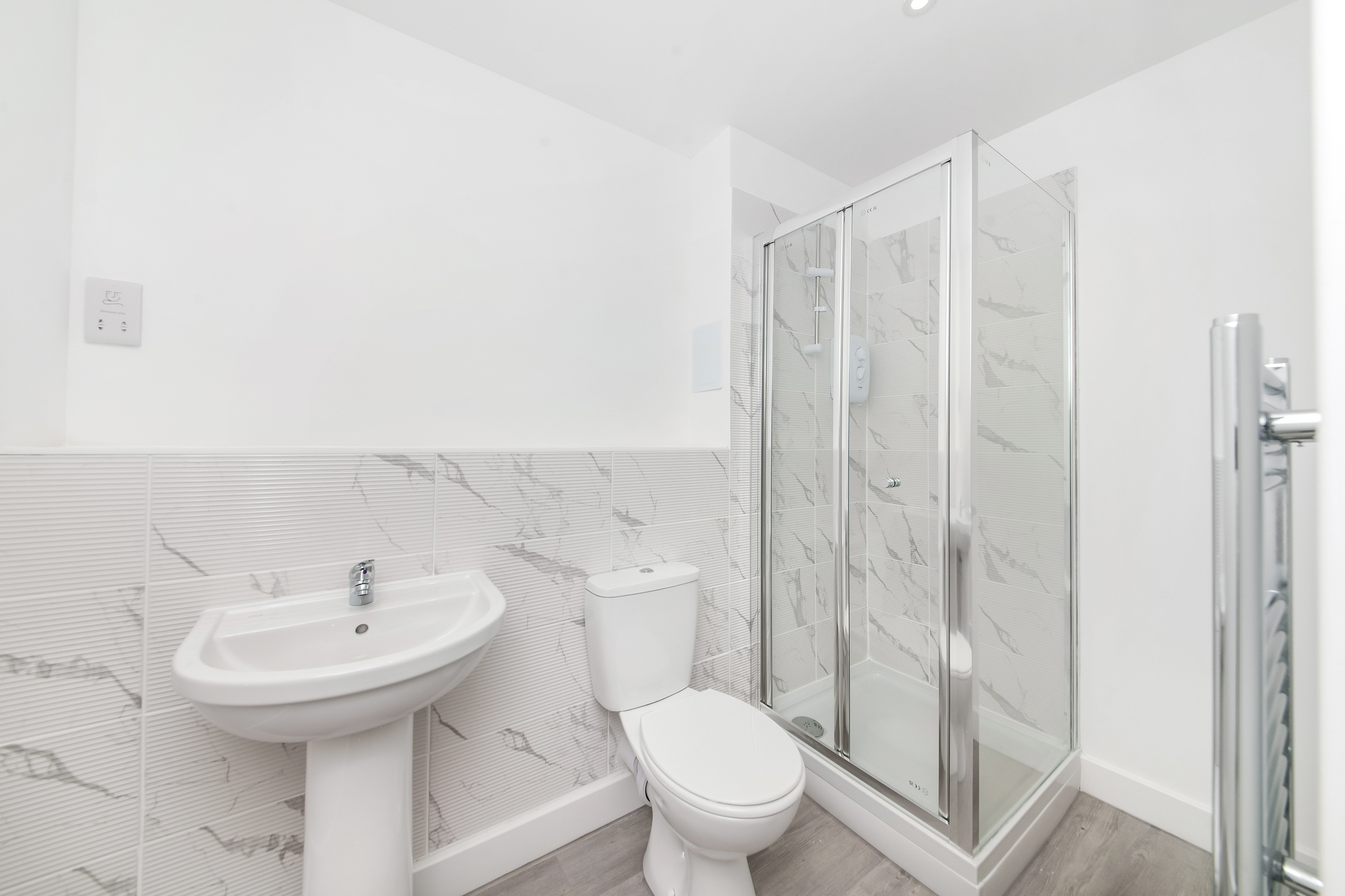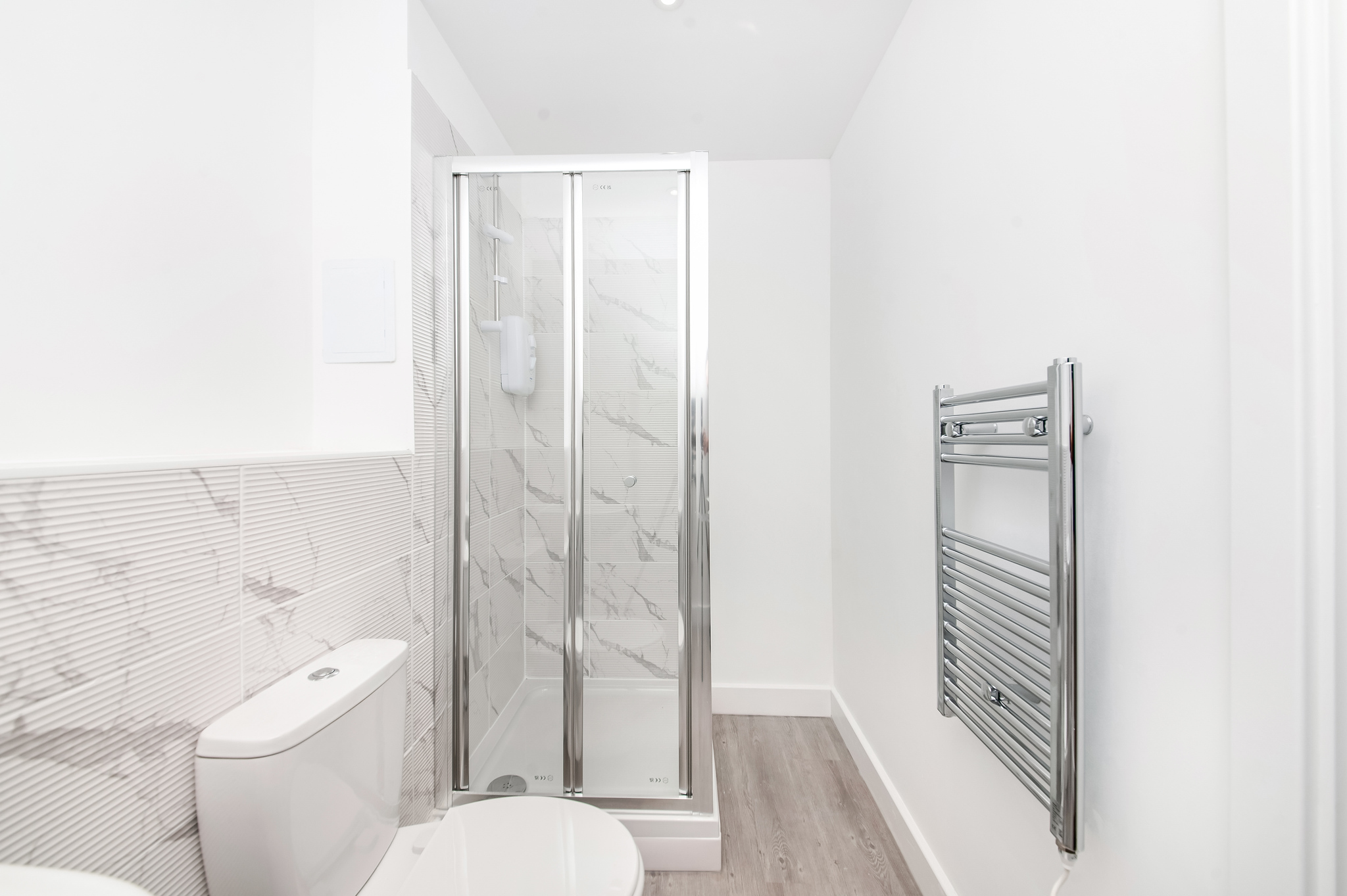Social Housing
Overview

Yield
Price
Price
Total Units
Deposit
Type
Apartment
Beds
One & Two
Example Investment Scenario
Why Invest in Social Housing?
Low Risk
Social Impact Housing property investments can provide secure income due to long-term leases being signed with care providers. These leases are often backed by the government, offering additional security, ensuring that Social Impact Housing is a low-risk investment.
Commercial Valuation
The typical 25-year management agreement signed with care providers means that Social Impact Housing accommodation is commercially valued against its yield. As a result, the asset class typically has a higher capital value than residential property on the open market.
Consumer Price Index
Social Impact Housing offers protection from high inflation. Terms typically provide for rents to increase each year in line with the government’s Consumer Price Index (CPI) measure of inflation. Under these terms, adjustments are upward only, meaning rents will not be reduced if the CPI turns negative.

Why is Social Housing Important?
For decades, social housing has played a significant role in providing homes for individuals under threat, living in poverty or facing homelessness. This type of housing has met the needs of thousands of individuals in the country, giving them the quality of life they may have otherwise never experienced. Without this provision in place, many vulnerable people could end up in unsafe spaces or living on the streets. For this reason, the social housing sector works to make new homes accessible to all – regardless of their income or situation. Social housing landlords must meet the requirements set out by building safety legislation in order to best protect tenants.
Unfortunately, the sector has encountered several fluctuations in the building of these homes, with affordable housing progressively becoming less available over the years. In 2018, the number of purpose-built houses being constructed for those in need had declined to just 6,287 annually, completely undersupplying the demand for housing, which, at the time, was a list of around 1.1 million people in vital need of a home.

Enquiry
Wish to get a call back from our team? Fill in your details.
Initial Business Centre, Wilsons Business Park, Manchester, M40 8WN, United Kingdom


